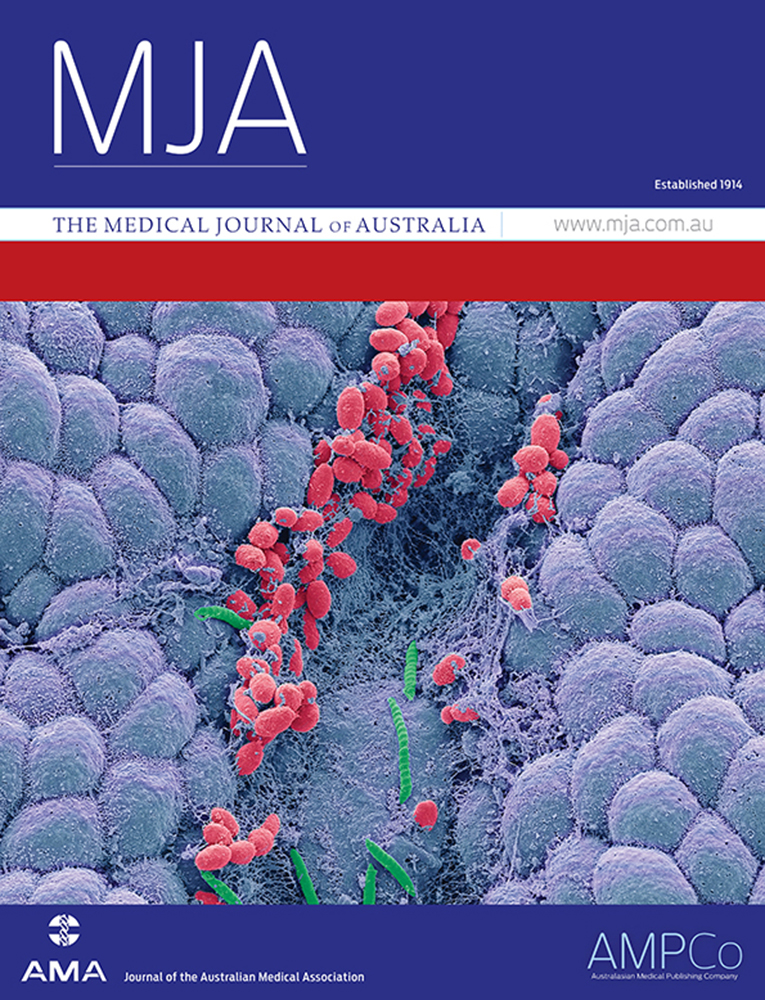Circumcision and sexually transmissible disease
Abstract
The relationship between circumcision and sexually transmissible disease was studied in 1350 men who attended the Public Health Department Special Treatment Clinic in Perth, Western Australia. Evidence of circumcision was obtained by examination. More than 98% of the men studied gave a verbal report of their circumcision status which was consistent with the examination findings. Eight hundred and forty-eight men had STD; 471 men, who presented to the clinic for diagnosis and treatment but who were found not to have STD, constituted the control group. The results of the study show significant associations between the state of being uncircumcised and four major sexually transmissible diseases — herpes genitalis, candidiasis, gonorrhoea and syphilis. Estimates of the relative risk suggest that uncircumcised men are twice as likely as circumcised men to develop herpes genitalis or gonorrhoea, and five times as likely to develop candidiasis or syphilis. However, the data for syphilis should be interpreted with caution because of the small number of cases. No significant increase in risk was found for any of the other sexually transmissible diseases diagnosed at the clinic.




